Are you a real history buff and are you looking for the best history museums to visit in Asturias? These are the ones:
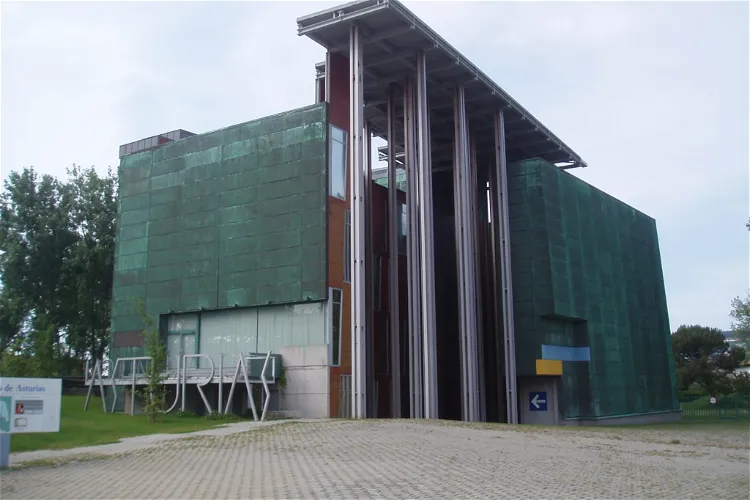
Museum of the Asturian People
GijónThe Museum of the Asturian People is situated in the city of Gijón, in the Principality of Asturias, Spain. This location is easily accessible for tourists visiting the region and offers a unique insight into the culture and history of the Asturian people.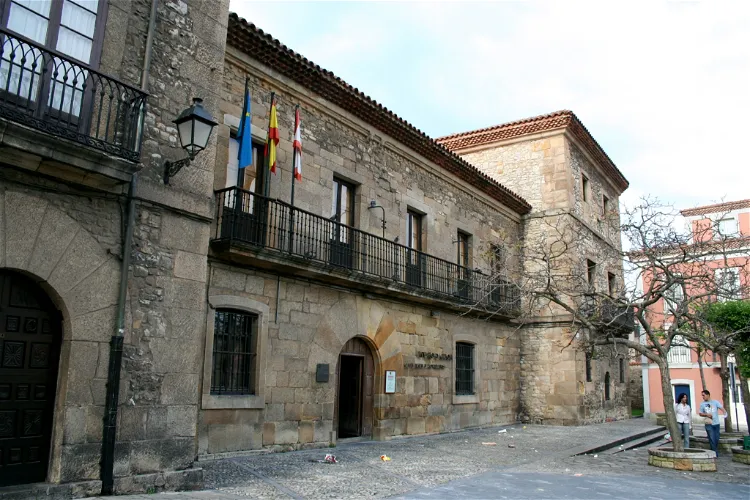
Jovellanos Birthplace Museum
GijónThe Jovellanos Birthplace Museum is situated in a palatial house in the Cimadevilla neighborhood of Gijón, Asturias, Spain. This location is steeped in history and offers a unique insight into the life and times of Jovellanos, a prominent figure in Spanish history. The museum is easily accessible and is a significant landmark in the city.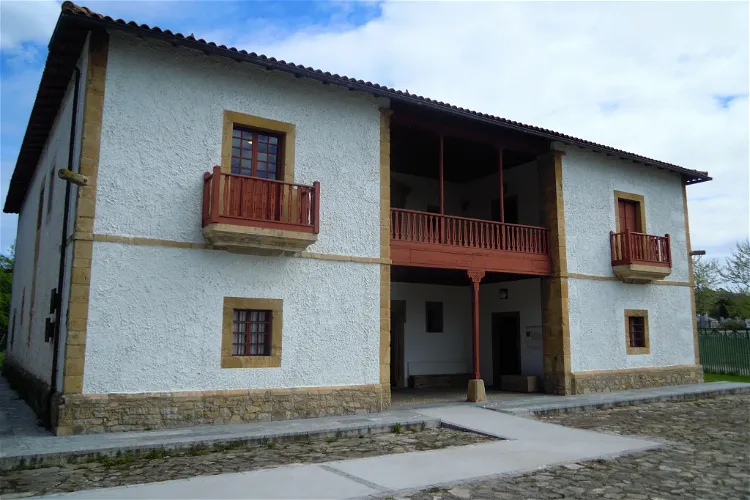
International Bagpipe Museum
GijónThe International Bagpipe Museum is situated within the Museum of the People of Asturias in the Spanish city of Gijón, in the Principality of Asturias. This location offers visitors the opportunity to explore not only the bagpipe museum but also the broader cultural and historical context of the Asturian people.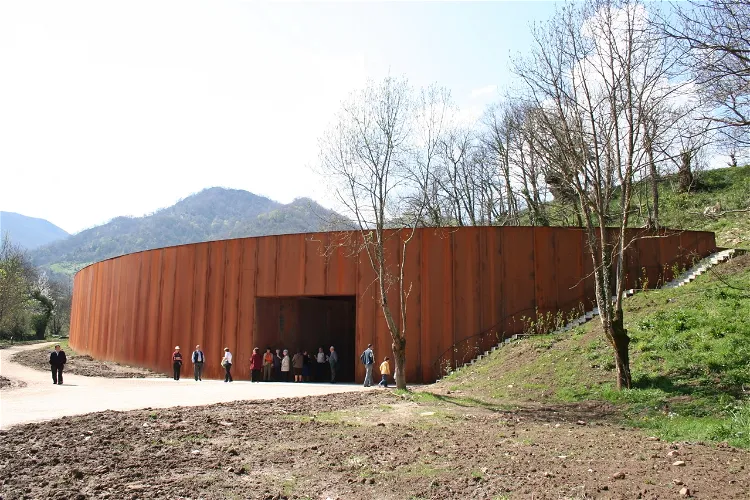
Prehistoric Park Teverga
TevergaThe park features two exhibition areas: The gallery and the Cave of Caves. Both these facilities, along with the service area that includes a cafeteria and a shop, are seamlessly integrated into the natural landscape. Only the entrances stand out in the relief, with the rest of each facility being underground.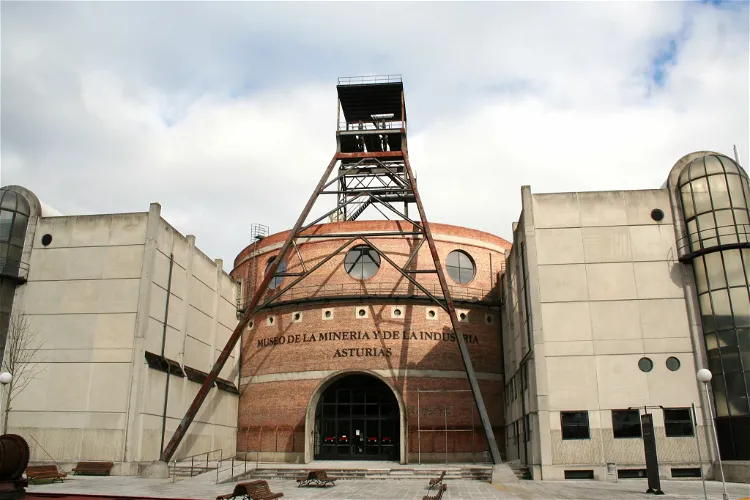
Museum of Mining and Industry
San Martín del Rey AurelioThe Museum of Mining and Industry of Asturias (MUMI) is situated in the village of San Vicente, close to El Entrego, in the municipality of San Martín del Rey Aurelio. This location is known for its rich mining tradition, making it a significant site for the museum.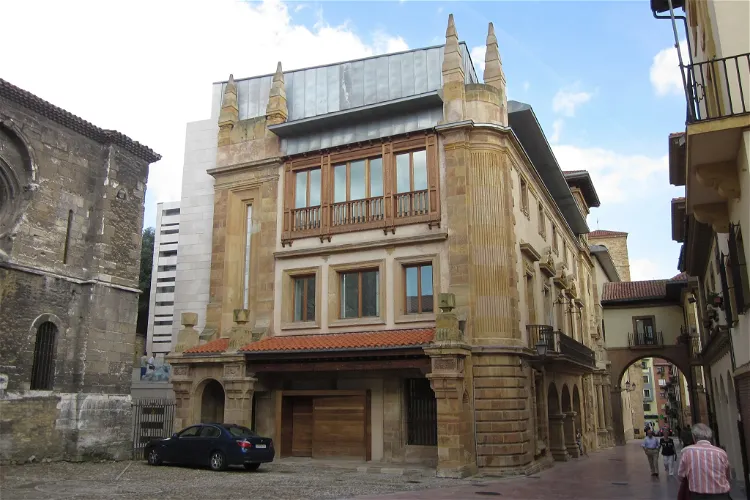
Archaeological Museum of Asturias
OviedoThe Archaeological Museum of Asturias, situated in Oviedo, is a regional institution committed to the preservation of the cultural and archaeological heritage of the Principality of Asturias. The museum's collection has been steadily growing since its establishment, primarily through discoveries, donations, and acquisitions of objects.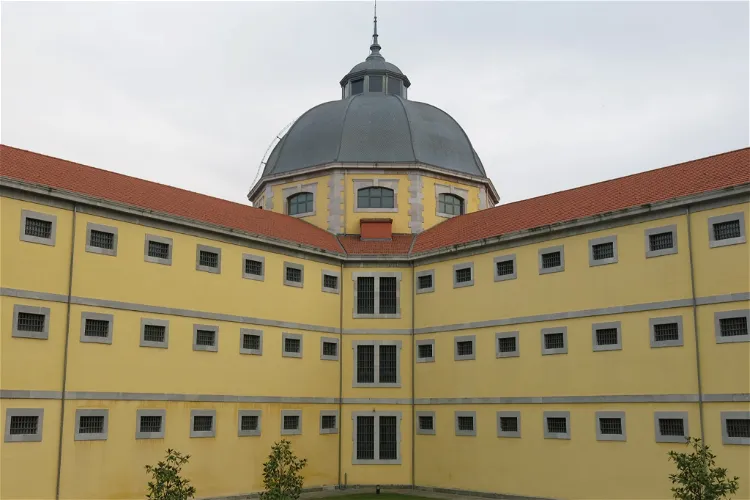
Historical Archives of Asturias
Oviedo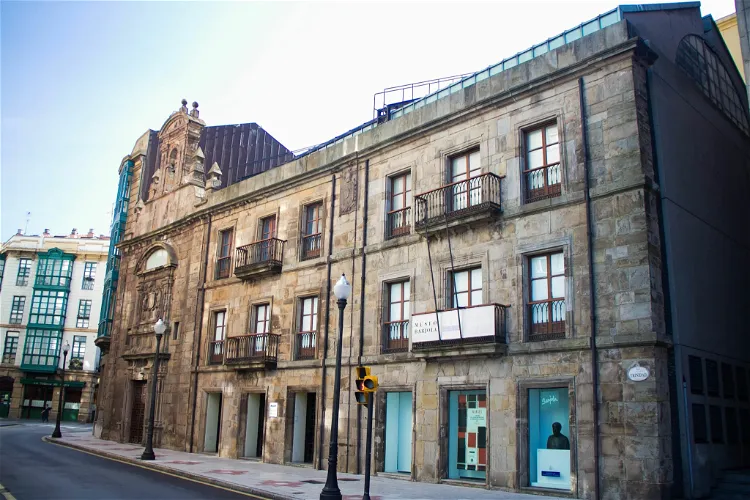
Barjola Museum
GijónThe Juan Barjola Museum is a cultural institution situated in the Asturian town of Gijón, Spain. This location is easily accessible and offers visitors the opportunity to explore the rich cultural heritage of the region.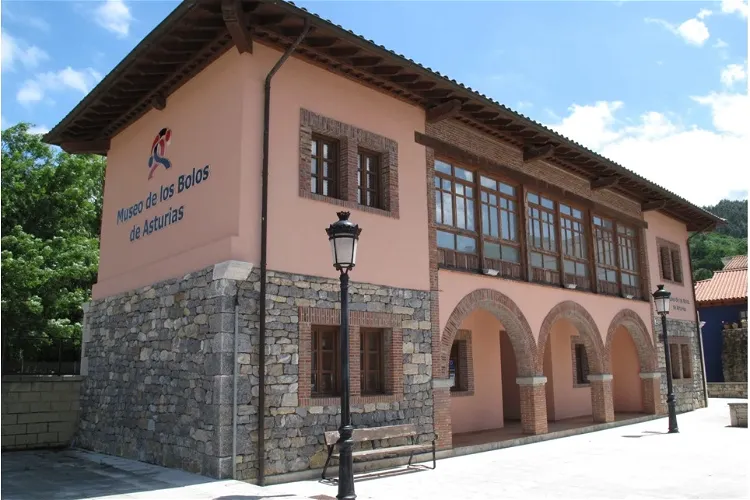
Bowling Museum of Asturias
Peñamellera BajaThe Bowling Museum of Asturias is situated in the Panes parish of Peñamellera Baja, Asturias, Spain. This location is easily accessible and offers a unique cultural experience for tourists interested in sports history, particularly bowling.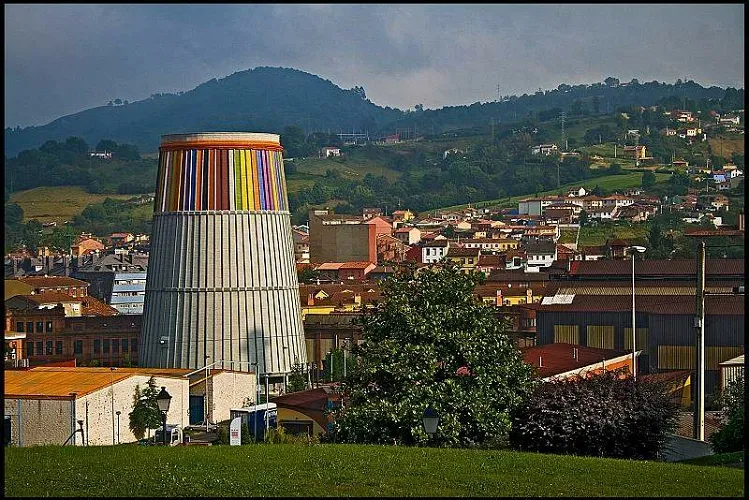
Iron and Steel Museum
LangreoThe Iron and Steel Museum of Asturias (MUSI) is a cultural center that was inaugurated in 2006. It is situated in La Felguera, within the council of Langreo in Spain. The museum is housed in part of the former La Felguera Factory, the first major integrated iron and steel plant built in Spain in the mid-19th century.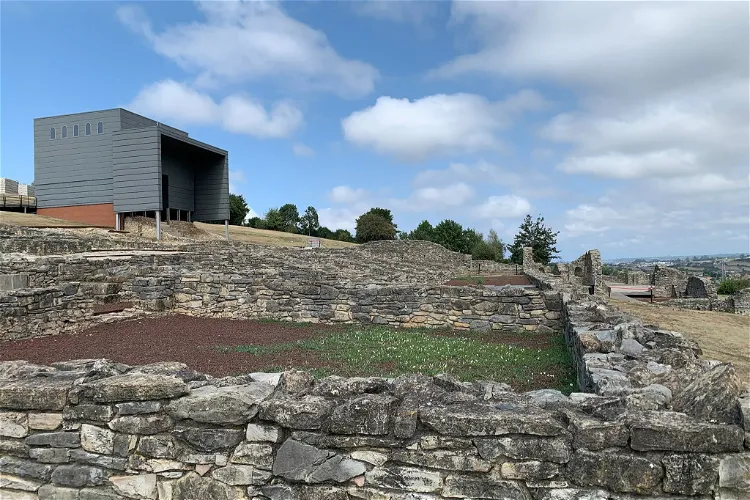
Roman Villa of Veranes
GijónThe Roman Villa of Veranes, located in the Veranes neighborhood in the parish of Cenero in the Asturian council of Gijón, Spain, is an archaeological site that offers a unique glimpse into the past. The site is home to the ruins of a Roman villa, which are interpreted and presented to the public through an on-site interpretation center. This allows visitors to gain a deeper understanding of the historical significance and context of the ruins.
Ethnographic Museum of Quirós
QuirósThe Ethnographic Museum of Quirós is part of the network of ethnographic museums in Asturias. This affiliation provides the museum with a certain level of prestige and recognition, making it a notable destination for those interested in ethnographic studies and the cultural heritage of Asturias.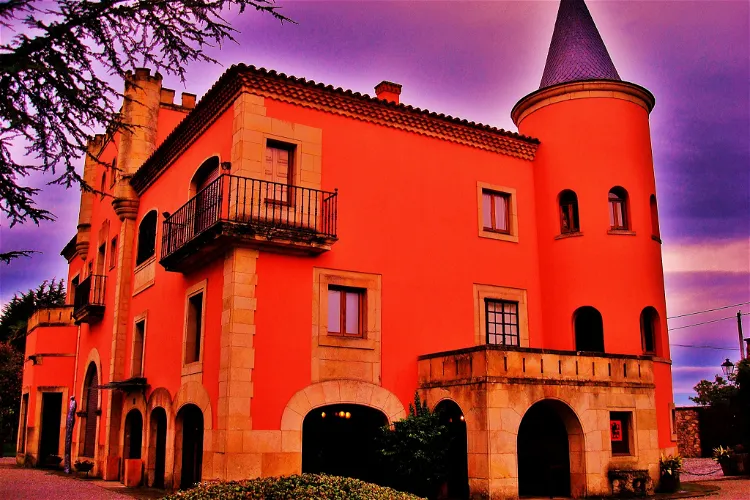
Evaristo Valle Museum
GijónThe Evaristo Valle Museum Foundation, located in Gijón, is a museum dedicated to the life and work of the local painter Evaristo Valle. The museum was founded in 1981 and officially opened its doors to the public on March 5, 1983. It serves as a tribute to the artist's legacy and offers visitors a chance to explore his artistic journey.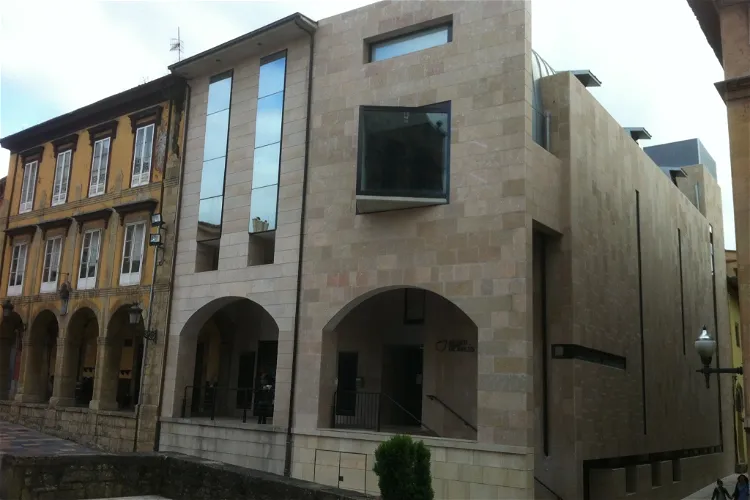
Museum of Avilés Urban History
AvilésThe Museum of Urban History of Avilés is situated within the city's historic-artistic complex. It is the first public space dedicated to the history of Avilés, a city in the Asturias region of Spain. The museum is designed to provide a chronological context of events that have shaped the development of the town over different periods, with a particular emphasis on the period from the granting of the charter by King Alfonso VI in 1085 to the present day.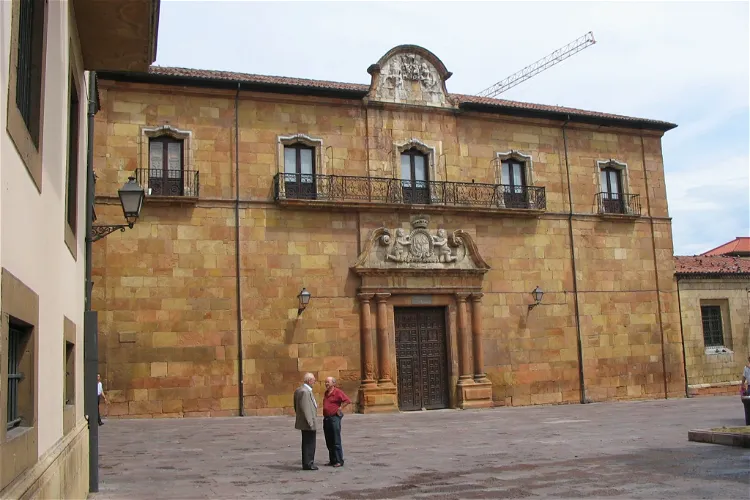
Church Museum
OviedoThe Church Museum of Oviedo is a significant cultural site located in the city of Oviedo, in the Principality of Asturias, Spain. It is situated in the upper cloister of the city's cathedral, offering visitors a unique opportunity to explore the rich history and architectural beauty of the cathedral.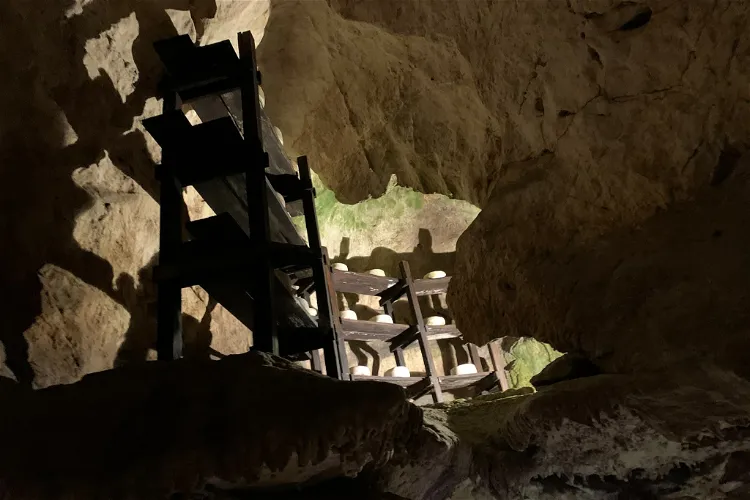
Cueva Exposición Queso Cabrales
Cabrales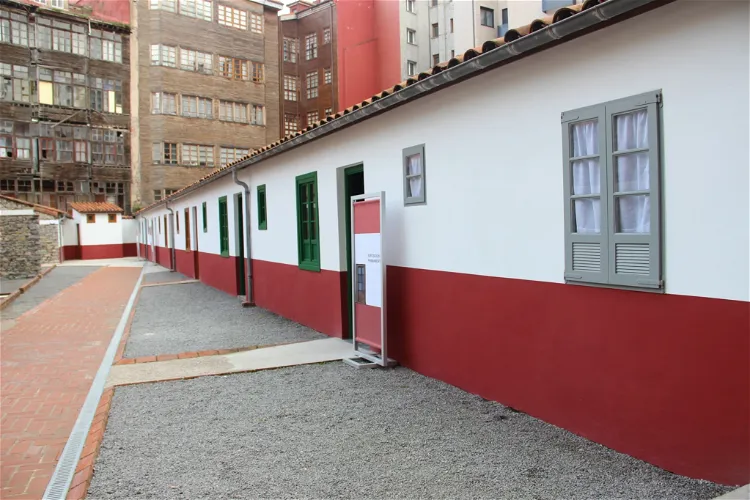
Celestino Solar Citadel
GijónThe Celestino Solar Citadel, located in Gijón, is a historical site that was constructed in 1877 by Celestino González Solar. The citadel was built in an area known as La Garita, which is now part of a block of buildings known as the Martillo de Capua. This location offers a glimpse into the architectural and social history of the region.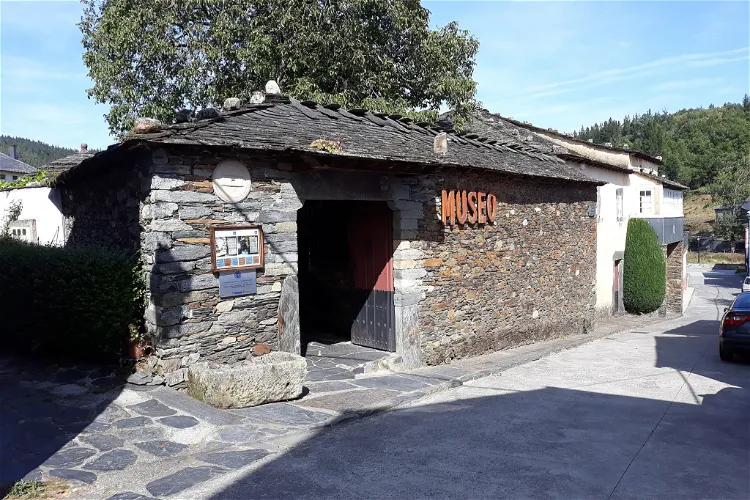
Ethnographic Museum of Grandas de Salime
Grandas de SalimeThe mission of the Grandas de Salime Ethnographic Museum is to collect, preserve, maintain, expand, investigate, communicate, and disseminate the tangible and intangible heritage of an ethnographic nature from Western Asturias. This mission is reflected in the museum's extensive collection of over 11,000 objects, which have been acquired through donations or purchases.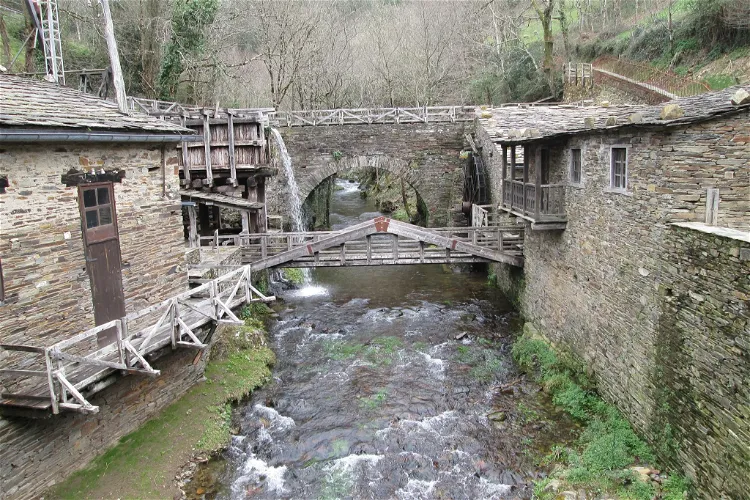
Mills Museum Mazonovo
TaramundiThe Mills Museum in Mazonovo, Taramundi, Asturias, is a unique institution dedicated to showcasing various types of mills, including grain mills, water mills, and manual mills. Visitors can explore the evolution and technological advancements of these mills over time, providing a fascinating insight into the history of milling.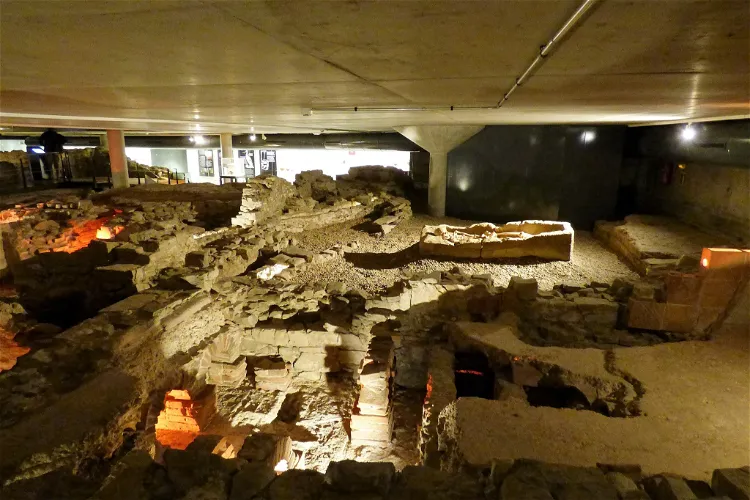
Campo Valdés Roman Baths
GijónThe Campo Valdés Roman Baths, located in the Cimadevilla neighborhood of the Asturian town of Gijón, are a significant historical site. These public baths from the Roman era offer a glimpse into the past and are an integral part of the city's rich history.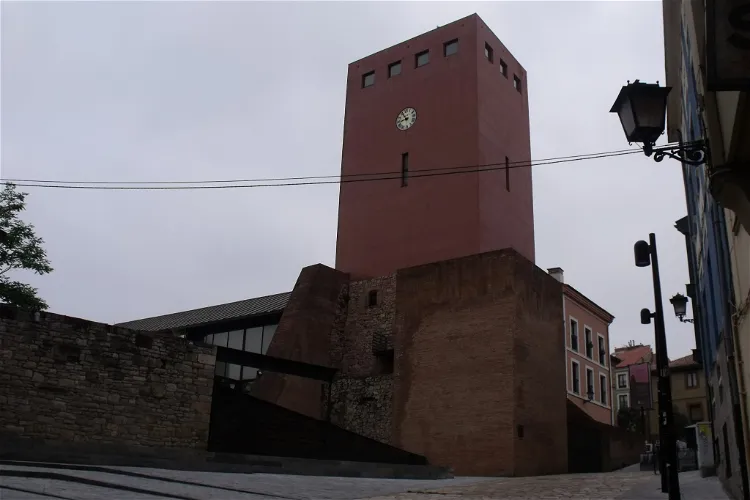
Torre del Reloj
GijónLa Torre del Reloj, a building dating back to 1572, is situated in the Cimadevilla neighborhood of Gijón, Asturias, Spain. The tower was reconstructed in 1989 at the same location with the initial intention of it serving as a museum and a viewpoint over the city. However, it is not currently used for this purpose.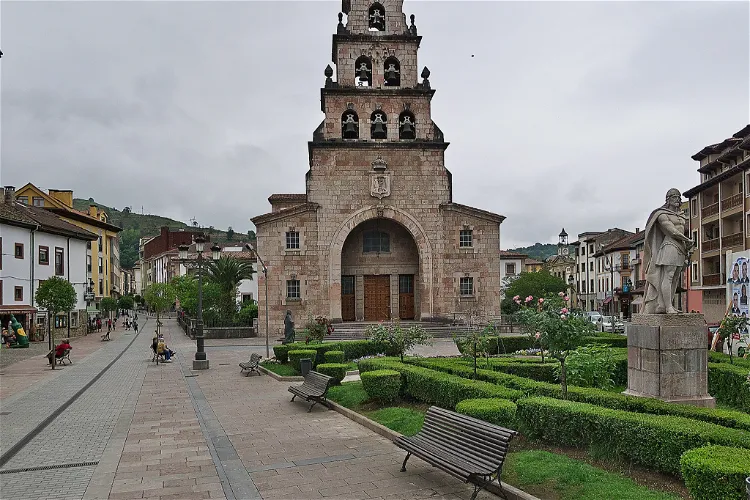
Church of Santa Maria
Cangas de Onís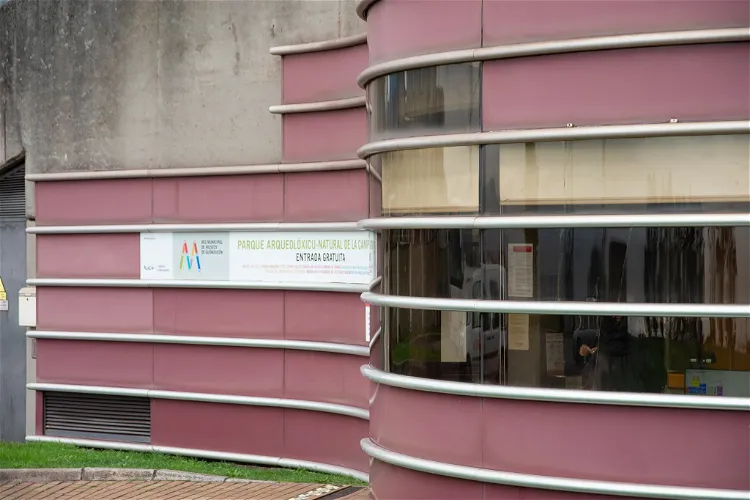
Campa Torres Archaeological-Natural Park
GijónThe Archaeological-Natural Park of La Campa Torres is rich in historical significance, housing various archaeological sites. Among these is the oppidum Noega, an ancient castro where the cilúrnigos lived. Visitors can explore these installations and gain insights into the lives of the ancient inhabitants of the region.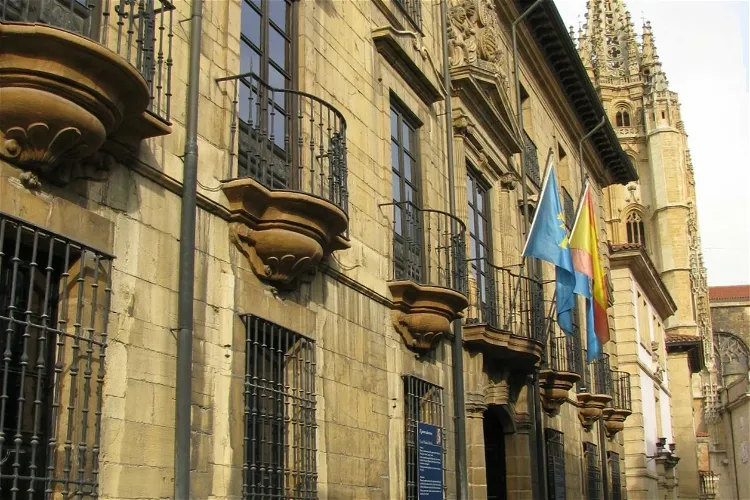
Museum of Fine Arts of Asturias
OviedoThe Museum of Fine Arts of Asturias, inaugurated on May 19, 1980, is home to a vast collection of works spanning from the Middle Ages to the Contemporary Age. This broad timeline allows visitors to experience a comprehensive journey through art history, from the 14th to the 21st Century.
Maritime Museum of Asturias
GozónThe Maritime Museum of Asturias is situated in the picturesque Asturian town of Luanco. It is a part of the network of ethnographic museums of Asturias, offering a unique insight into the region's maritime history and culture.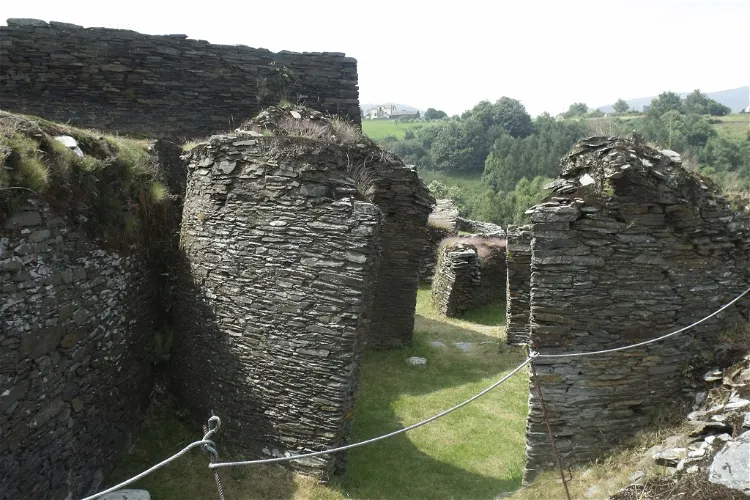
Aula Didáctica del Castro de Coaña
Coaña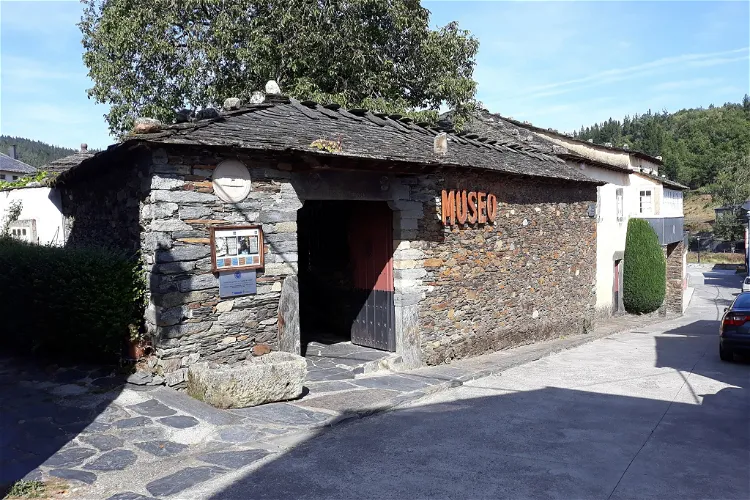
Ethnographic Rural Museum of Luarca
Valdés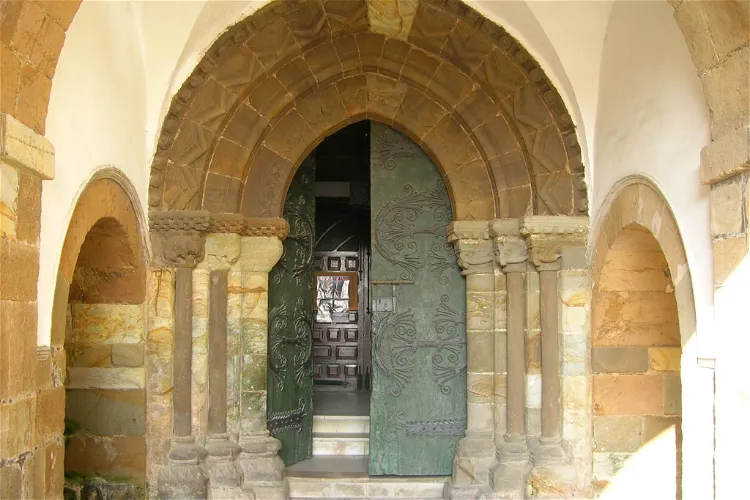
Sacred Art Museum of Tineo
TineoThe Sacred Art Museum of Tineo is a unique destination for art enthusiasts and history buffs alike. Situated in Tineo, Asturias, Spain, the museum is home to a vast collection of sacred art. The museum's location adds to its charm, as it is housed in a 14th-century Roman Catholic Church, known as the Convento de San Francisco del Monte.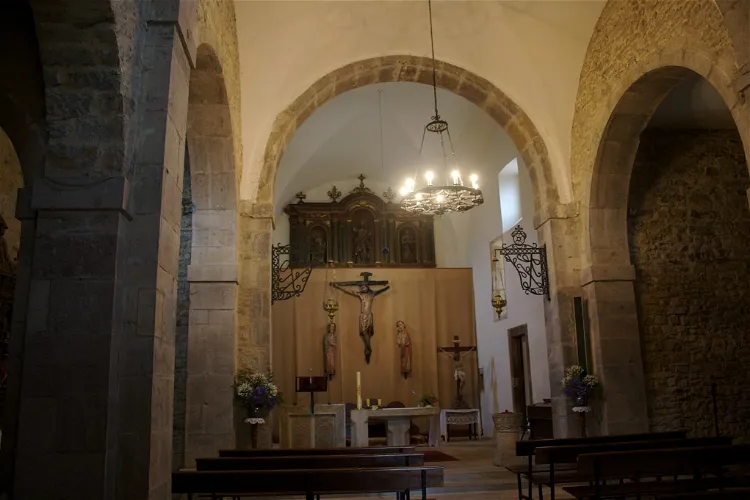
Museo Prerrománico de Santianes
PraviaThe museum houses a collection of Preromanesque artifacts discovered during the restoration of the Church of San Juan. These objects provide a fascinating insight into the history of the Asturian monarchy, offering visitors a chance to delve into the past and learn about the region's royal heritage.
Vaqueiro Museum of Asturias
LuarcaThe Vaqueiro Museum of Asturias is a significant part of the network of ethnographic museums in Asturias. This network is a collection of museums that focus on the cultural and historical aspects of the Asturian region. The Vaqueiro Museum, in particular, provides a deep dive into the lifestyle of the Vaqueiros, a nomadic group in Asturias.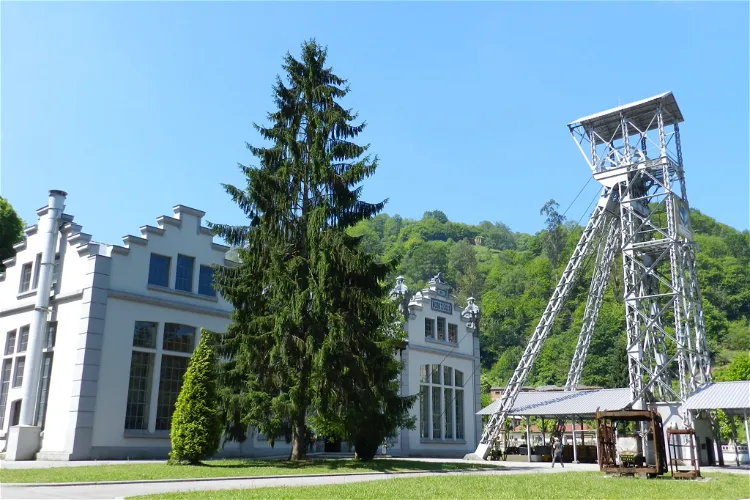
Samuño Valley Mining Ecomuseum
LangreoThe Samuño Valley Mining Ecomuseum is a unique attraction located in the Asturian mining basins in the council of Langreo, Spain. This museum offers a comprehensive insight into the history and operations of mining in the region. It is a perfect destination for those interested in industrial heritage, mining history, and ecological conservation.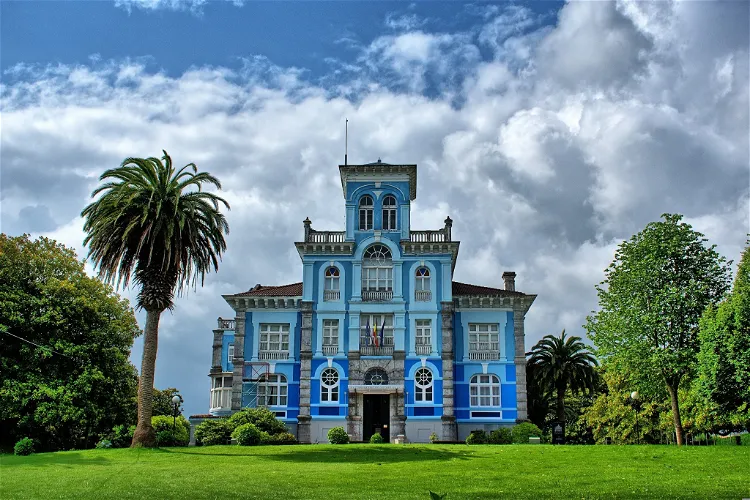
Archivo de Indianos Foundation
Ribadedeva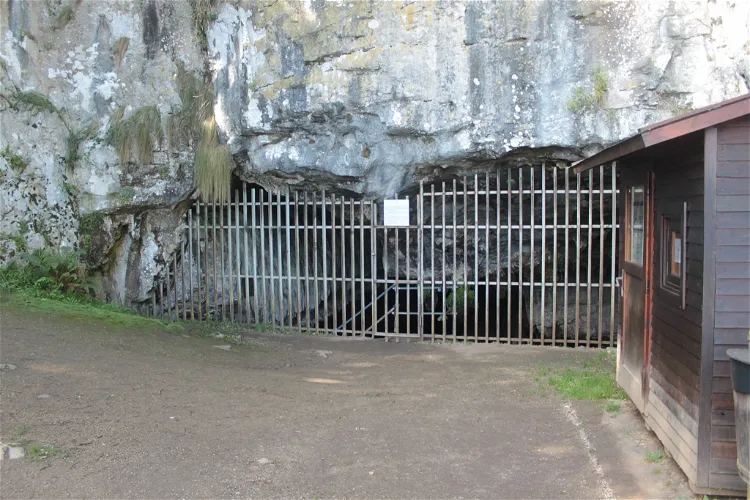
Cave Pindal
RibadedevaLa cueva del Pindal, a prehistoric cave, is situated in the northern part of Spain, near the town of Pimiango in Ribadedeva. This location is at the eastern end of the Principality of Asturias. The cave is a significant historical site that offers a glimpse into the prehistoric era.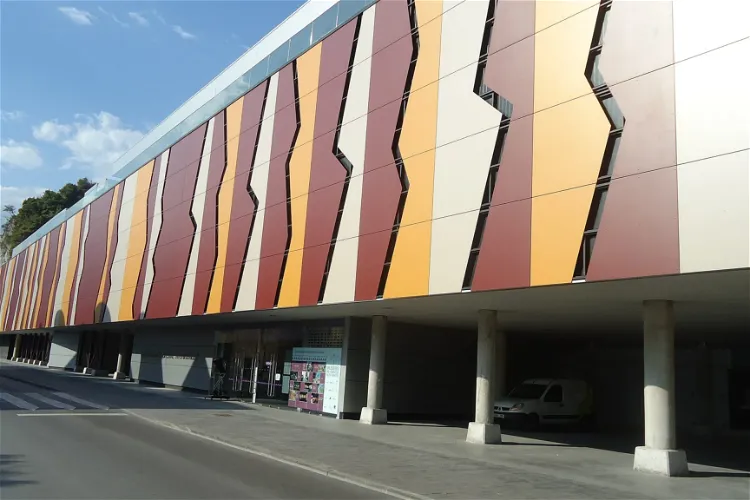
Rock Art Center of Tito Bustillo
RibadesellaThe Tito Bustillo Cave, also referred to as Ramu Cave, is a significant prehistoric site situated in the quaint town of Ribadesella, within the autonomous community of Asturias in Spain. This cave is a testament to the rich history of the region, offering a glimpse into the lives of the Neanderthals and Homo sapiens who once inhabited it.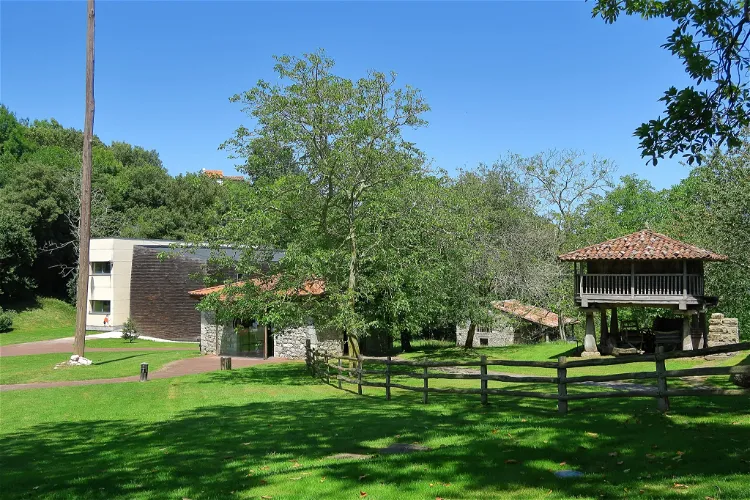
Museo Etnográfico del Oriente de Asturias
LlanesThe Museo Etnográfico del Oriente de Asturias is a quaint museum nestled in the village of Porrúa in Llanes, Asturias. This museum offers a unique glimpse into the region's rich cultural and historical heritage, making it an interesting stop for those keen on understanding the local way of life.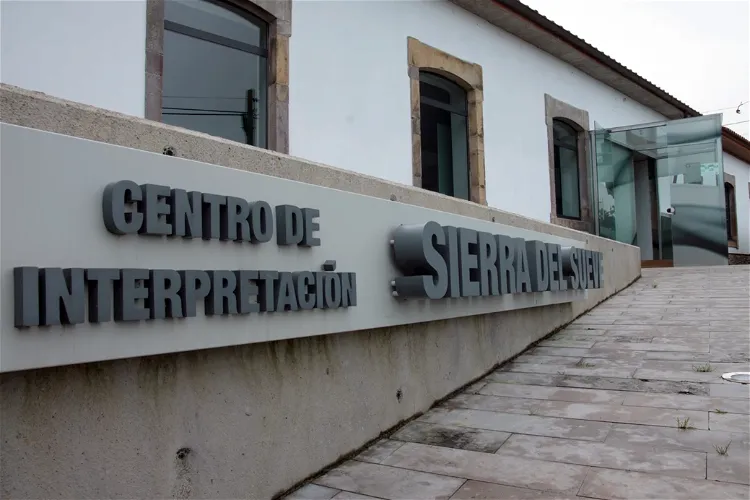
Centro de Interpretación del Gaitero de Libardón
Colunga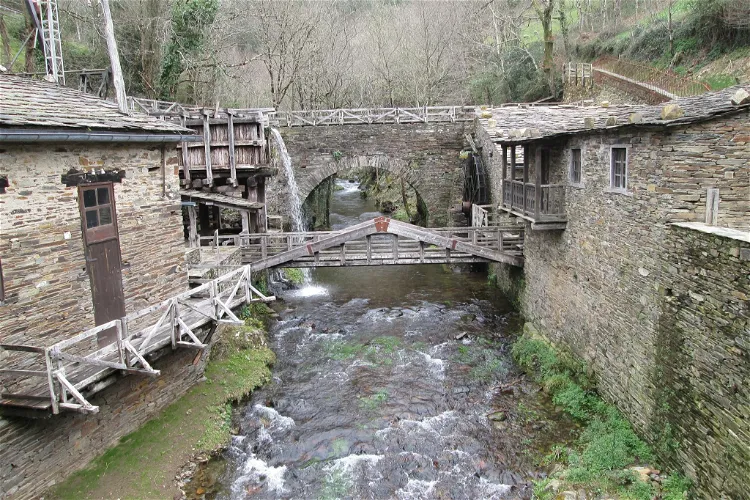
Mazonovo Ethnographic Ensemble
Santa Eulalia de OscosMazonovo, once a town, is now a museum located in the municipality of Taramundi, Asturias, Spain. This transformation from a town to a museum is a testament to the rich history and cultural heritage of the region. Visitors can explore the museum to learn about the area's past and its connection to the iron products' region of the Oscos - Eo rivers.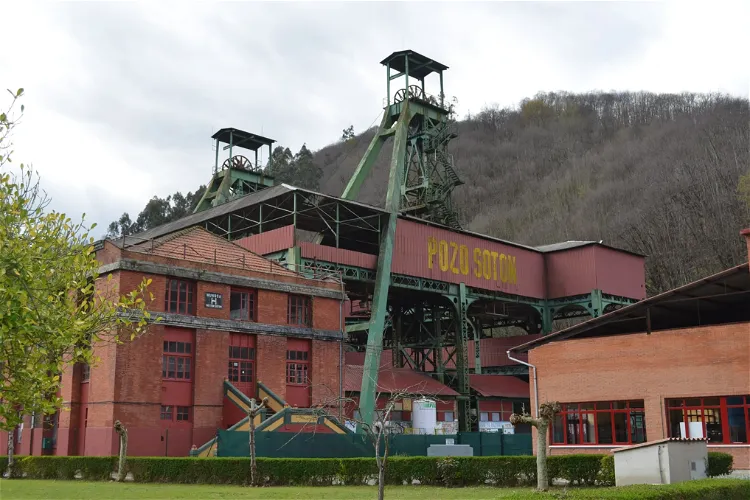
Pozo Sotón
San Martín del Rey AurelioEl Pozo Sotón is a historic coal mine located between El Entrego and Sotrondio, in the municipality of San Martín del Rey Aurelio, Spain. It is a significant part of the region's industrial heritage and offers a unique insight into the history of coal mining in the area. Visitors can explore one of its underground galleries and view a memorial featuring the names of hundreds of workers who lost their lives in the mining industry.- 39
Centro de Interpretación de la Emigración e Instrucción Pública
BoalThe Centro de Interpretación de la Emigración e Instrucción Pública is an interpretation center situated in the Asturian council of Boal. More specifically, it is located in the town of San Luis, which is approximately 2 km away from the municipal capital. To reach the center, one would need to take the AS-12 road in the direction of Grandas de Salime. - 40
Casa de la Apicultura
BoalLa Casa de la Apicultura is a unique museum dedicated to beekeeping, located in the Asturian council of Boal. More specifically, it is situated in the town of Los Mazos, which is approximately 2 km from the municipal capital. To reach the museum, visitors can take the AS-12 road towards Navia. - 41
Centro de Interpretación del Hórreo
Ribera de Arriba - 42
Museo de La Romería
Siero - 43
Museo Etnográfico de Esquíos
Taramundi - 44
Ethnological Museum of Pesoz
Pesoz - 45
Museo Etnográfico Juan Pérez Villamil
Navia - 46
Wood Museum
CasoThe Wood Museum of Caso, located in the Asturian town of Veneros, is a part of the network of ethnographic museums in Asturias, Spain. This museum provides a unique insight into the importance of wood in the traditional life of Asturian villages. - 47
Museum of Beekeeping
CasoLa Casa de la Apicultura, or the House of Beekeeping, is a center for the dissemination and interpretation of beekeeping. It is located in the Asturian council of Boal, specifically in the town of Los Mazos. The museum is approximately 2 km from the municipal capital and can be reached by taking the AS-12 road towards Navia. - 48
Culture House
Ribadedeva - 49
Birthplace of the Marquis of Sargadelos
Santa Eulalia de OscosThe Museo Casa Natal del Marqués de Sargadelos is a museum located in the town of Ferreirela de Baxo in Santa Eulalia de Oscos. This museum is significant as it was the birthplace of D. Antonio Raimundo Ibáñez, the Marquis of Sargadelos. Visitors can learn about the life and works of the Marquis, who was a prominent figure in the 18th century. - 50
Ecomuseum of Somiedo
SomiedoThe Ecomuseum of Somiedo is a part of the Network of Ethnographic Museums of Asturias, Spain. This affiliation connects it to a larger community of museums that focus on ethnographic studies, providing a broader context for the exhibits and collections found within the Ecomuseum of Somiedo.